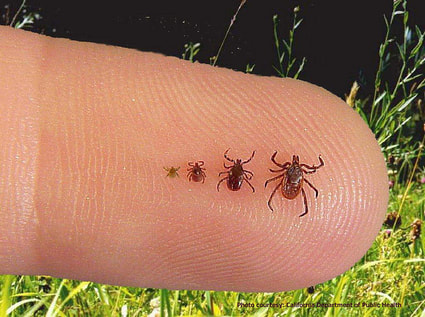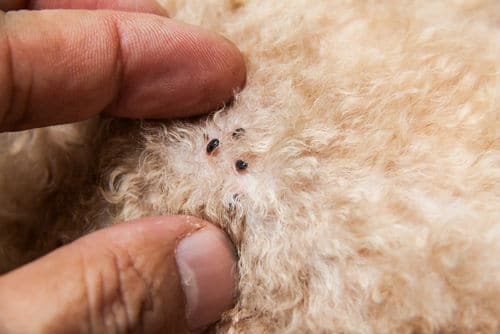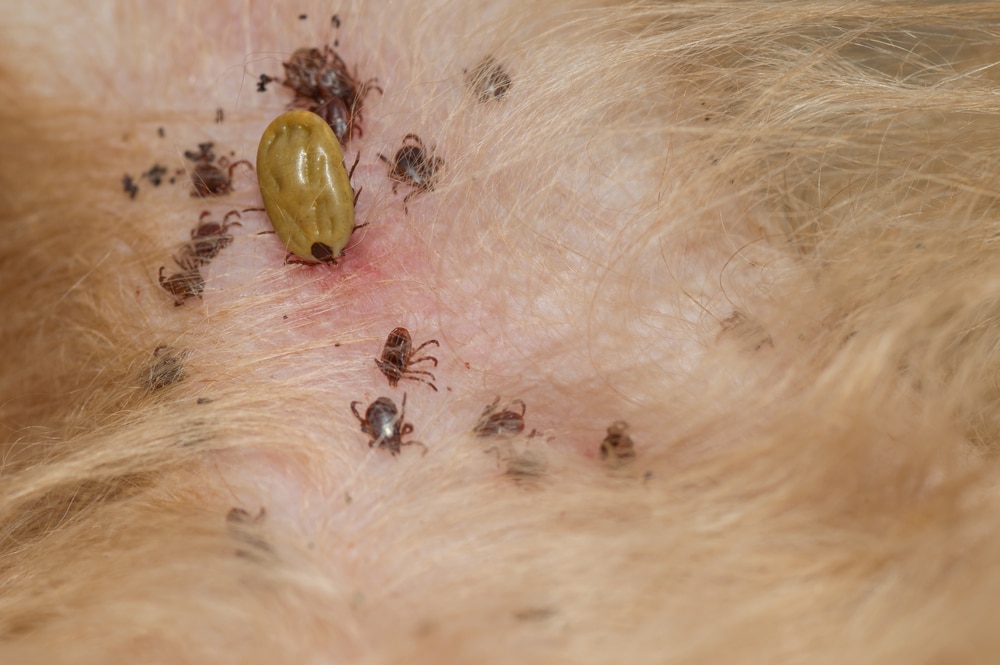FLEA AND TICK PREVENTION
Fleas and ticks are two of the most frequent pet care concerns in America.
Plan to stay one step ahead and start your prevention now before you start to see fleas and ticks on your pet—once you can see them, they’re already nesting in your home or yard. Brownsville Spay Neuter believes that it’s important to be able to recognize the signs and symptoms of fleas and ticks so you can help your pets if necessary.
No matter how well you care for your pet, they will inevitably come into contact with a flea or tick while going for a walk or playing in the grass. The best way to keep your pets and home safe from these menacing insects is by being consistent with flea and tick prevention.
- Each female flea on an untreated pet can lay more than 40 eggs per day, which can lead to an infestation.
- By the time you see a flea, an infestation may already be established.
- Flea infestations can take weeks to resolve and are expensive to eliminate.
- Carpets, bedding, and even furniture all provide ideal conditions for immature fleas to develop into reproducing adults.
Fleas
Fleas are the most common external parasite to plague companion animals. They are wingless insects that feed on blood, can jump up to two feet high and are persistent in the environment.
Symptoms of Fleas on Dogs
(Information gathered from the American Society for the Prevention of Cruelty to Animals, ASPCA)Fleas are most commonly noticed on a dog’s abdomen, the base of the tail and the head. Common symptoms of fleas on dogs include:
- Droppings or “flea dirt” in a dog’s coat (small dark "grains of sand")
- Flea eggs (tiny, white grains)
- Allergic dermatitis
- Excessive scratching, licking or biting at skin
- Hair loss
- Scabs and hot spots
- Pale gums
- Tapeworms
- Tapeworm embryos are transmitted to your pet when it ingests a flea, or when pets hunt and ingest small rodents.
- Tapeworms grow to maturity within the pet’s intestinal tract, and pets can pass on adult tapeworms to humans, putting you and your family at risk.
- Our doctors diagnose tapeworms by observing tiny rice-like segments that contain eggs. These segments are found in your pet’s feces, or in the fur around the rectum.
Symptom of Fleas on Cats
If you see your cat scratching often and persistently, invest in a fine tooth comb and run it through her fur, paying special attention to the neck and the base of the tail. If you see small, fast-moving brown shapes about the size of a pinhead in her fur, your cat has fleas. Other symptoms:
- Droppings of “flea dirt” in a cat’s fur (small dark “grains of sand”)
- Flea eggs (tiny, white grains)
- Itchy, irritated skin
- Persistent scratching
- Chewing and licking
- Hair loss
- Tapeworms
- Pale lips and gums
Causes of Fleas
- Fleas are easily brought in from the outdoors.
- Fleas thrive in warm, humid climates at temperatures of 65 to 80 degrees.
- Adult fleas spend most of their lives on the animal, laying eggs in the fur.
- These eggs drop out onto rugs, upholstery, bedding and furniture; the new adult fleas will, in turn, find their living host (either human or animal).
Flea Complications
- Fleas can consume 15 times their own body weight in blood, which can cause anemia or a significant amount of blood loss over time.
- This is especially problematic in young puppies or kittens, where an inadequate number of red blood cells can be life-threatening.
- Some pets have heightened sensitive to the saliva of fleas, which can cause an allergic reaction known as flea allergy dermatitis.
Ticks
Ticks are parasites that feed on the blood of unlucky host animals, such as cats and dogs. Like mites and spiders, ticks are arachnids. Although their presence may not even be noticed by the host, ticks can transmit many diseases through their bite.
Tick species and disease transmission tend to vary based on where you live, so check with your vet about what is common in your area.
Tick Transmission
- Most species of ticks require blood meals from a host to survive.
- Ticks bury their head into a host’s skin when they bite and then gorge themselves on blood.
- Ticks tend to be most active in late spring and summer and live in tall brush or grass, where they can attach to dogs and outdoor cats.
- Ticks can be transferred from pets coming into the household from outdoors.
- Ticks prefer to attach close to the head, neck, ears and feet, but can be found anywhere on your pet’s body.
- Ticks are particularly prominent in warm climates and certain wooded areas of the Northeast.
How Do I know if My Pet Has Ticks?
- Most ticks are visible to the naked eye. Ticks are often the size of a pinhead before they bite, and not noticed until they swell with blood.
- While these parasites rarely cause obvious discomfort, it is a good idea to check your pet regularly if you live in an area where ticks are prevalent, especially if he spends a lot of time outside.
- Run your hands carefully over your pet every time he comes inside, and especially check inside and around the ears, head and feet.
Complications Associated with Ticks
- Blood loss
- Anemia
- Tick paralysis
- Skin irritation or infection
- Lyme Disease
- Cytauxzoonosis
MORE ABOUT PARASITE PREVENTION
Mange mites that infect the skin
This is a fungal infection of the skin
These parasites cause cutaneous larval migrans.
These cause visceral larval migrans
This is a bacterial infection of the kidneys
This is an infection that causes gastrointestinal diarrhea disease
Most famously known for their itchy bites, these parasites also transmit diseases from animal to animal
Parasites that draw blood from our pets and spread diseases such as Lyme disease
Bacterial skin infections
PROBLEMS WITH FLEAS AND TICKS
At Brownsville Spay Neuter, our veterinarians are experienced in diagnosing and treating any problem with ticks and fleas. Our goal is to keep your pets protected from infection through a proactive and effective approach.
Problems with Fleas and Ticks
Schedule an appointment today by calling (956) 550-8366 today!
Subscribe to our newsletter
We send e-mails once a month, we never send Spam!




